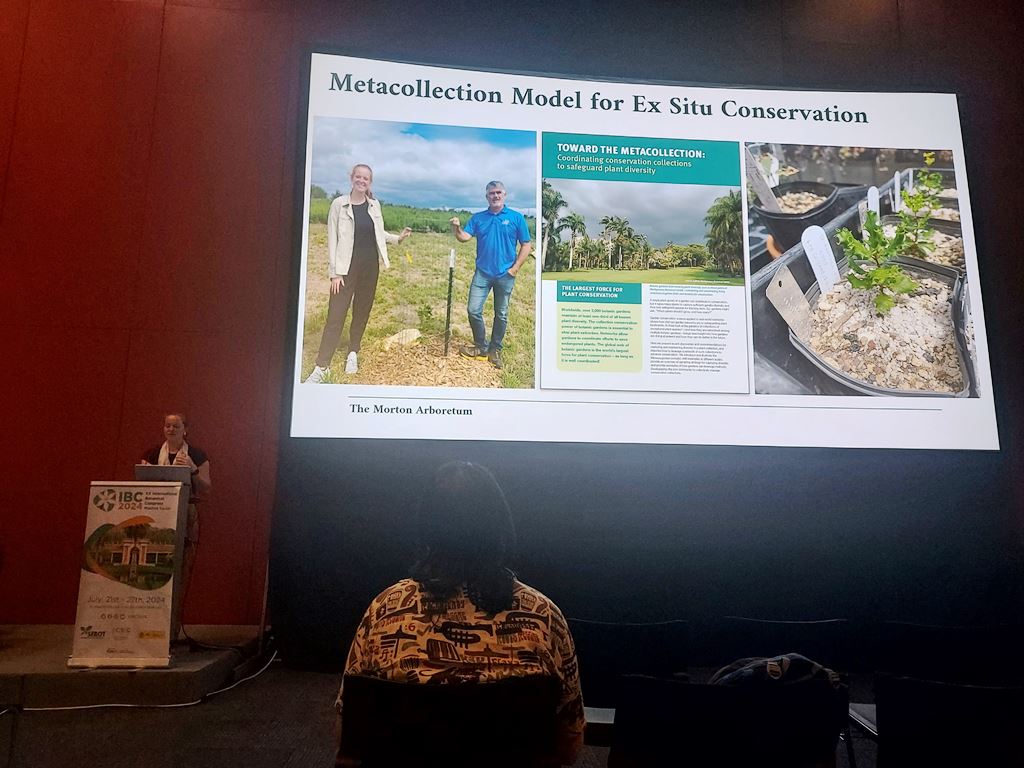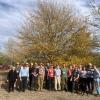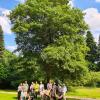Editor's Picks
Plant Focus
Presentation given at the XX International Botanical Conference, Madrid, Spain, July 21–27, 2024.
Authors:
Amy Byrne1, Silvia Alvarez-Clare1,5, Emily Coffey2, Jean Linsky2, Vanessa Handley3, Dan Crowley4,5
Affiliations:
1. The Morton Arboretum
2. Atlanta Botanical Garden
3. Montgomery Botanical Center
4. Westonbirt, The National Arboretum, UK
5. Botanic Gardens Conservation International
Abstract:
Effective conservation of tree genetic diversity requires the integration of ex-situ and in-situ conservation approaches. A network of coordinated living collections at multiple sites managed as a single population—a metacollection—is the most effective and efficient way to conserve genetic diversity of threatened exceptional plants (plants that cannot be conserved in conventional seed banks), ex situ. Metacollections can be used for research, education, restoration, and act as an insurance policy against extinction. Botanic gardens and arboreta have the expertise to identify, collect and propagate exceptional plant species, but they often lack sufficient space to establish coordinated collections at the scale needed to capture sufficient genetic diversity. The public garden community has long known that we are more impactful working together than on our own, but how does that translate to living collections? To address this challenge, the Global Conservation Consortia (GCC) have created a solution that brings partners from different sectors to solve the challenges of ex-situ conservation of exceptional plants. More specifically, the GCC’s have led cross-sector partnerships that advance and maximize the different strengths and skills of GCC partners to successfully establish genetically diverse metacollection sites. Partners such as traditional botanic gardens and arboreta, those that have the staff capacity and infrastructure to collect and propagate seedlings, cuttings, and grafts of rare and threatened species are partnering with other sectors such as government agencies or land trusts, those who have more space or capacity to manage and monitor large-scale plantings long-term. Throughout this presentation, the GCC for Oak, Magnolia and Cycad will provide case-studies of successful, collaborative metacollection site establishment. This talk will present opportunities to engage with the GCC’s to establish more partnerships to protect the depth and breadth of genetic diversity found in wild populations of the priority at-risk plant species, globally.
















